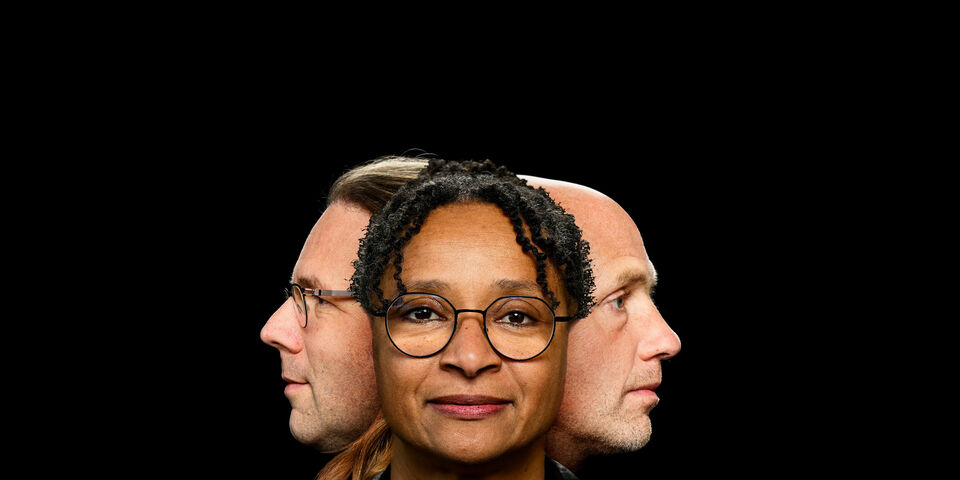Creating a safe spaces does not mean keeping “danger” out
During the holidays I enjoyed the underwater world like a little kid. Little did I know that we were not alone in paradise. Potential trouble was right around the corner. Mastery and leadership of our diving instructors made us feel so safe that the thought of the dangers of the sea did not even cross our minds. They created a safe space.
Vacation is over. It is time to pick up the pace again. I hope that everybody had time to slow down and recharge. Our University has challenging times ahead, which will require focus in our work and a joint effort to take a next step. Let’s strive for getting the best out of ourselves and others on a personal and on a professional level.
A safe space is frequently seen as a key component for us to be at our best to operate. However, when a safe space is mentioned, people typically have different interpretations. Some see it as an environment where criticizing personal behavior, even constructively, should not be allowed, especially when it involves their own actions. Others, in contrast, see a safe space as a place where people are open and truly curious and see it as a basis to challenge and strengthen each other. Of course, a safe space implies the absence of violence, but honestly that should be basis of any personal interaction.
During our holiday, we enjoyed snorkeling, swimming and scuba diving. Despite having a diver’s certificate, I was in need of some tutoring due to lack of practice. Being underwater is amazing, but can also evoke some anxiety, for example considering that you might run into sharks. Our experienced instructors, an elderly couple with over 100 years of combined experience, were passionate about diving and very knowledgeable about the area. Each dive began with a briefing on their balcony overlooking the ocean, ensuring we were well-prepared and understood all safety measures. We had some intense discussions about diving computers, which they strongly opposed, unlike our views. Nevertheless, we spent two wonderful weeks there. On our last day, our instructors casually mentioned that two huge sharks had been circling the area for the past two weeks.
Oh my goodness!!!
Throughout my diving experience with our instructors, I felt safe, but in hindsight, was I really? Despite me generally knowing that sharks are everywhere, the instructors’ presence and reassurance allowed me to enjoy the sea.
Our holiday experience was a mirror of life as a whole. Danger is always latently present. A space in which you feel safe, will allow you to take new steps in life, despite not knowing what is around the corner, be it a shark or a beautiful turtle. As such, our academic eco-system should similarly be a safe space to challenge ourselves and others to take a next step and make a difference in science and society.
However, this does not mean keeping “danger” away from people. Rather, it means providing people with the trust, tools, and tenacity to deal with challenges, unpopular facts or opinions. Leadership that conveys trust and room for failure is the cornerstone to a learning environment in which a sense of safety follows naturally.


Discussion